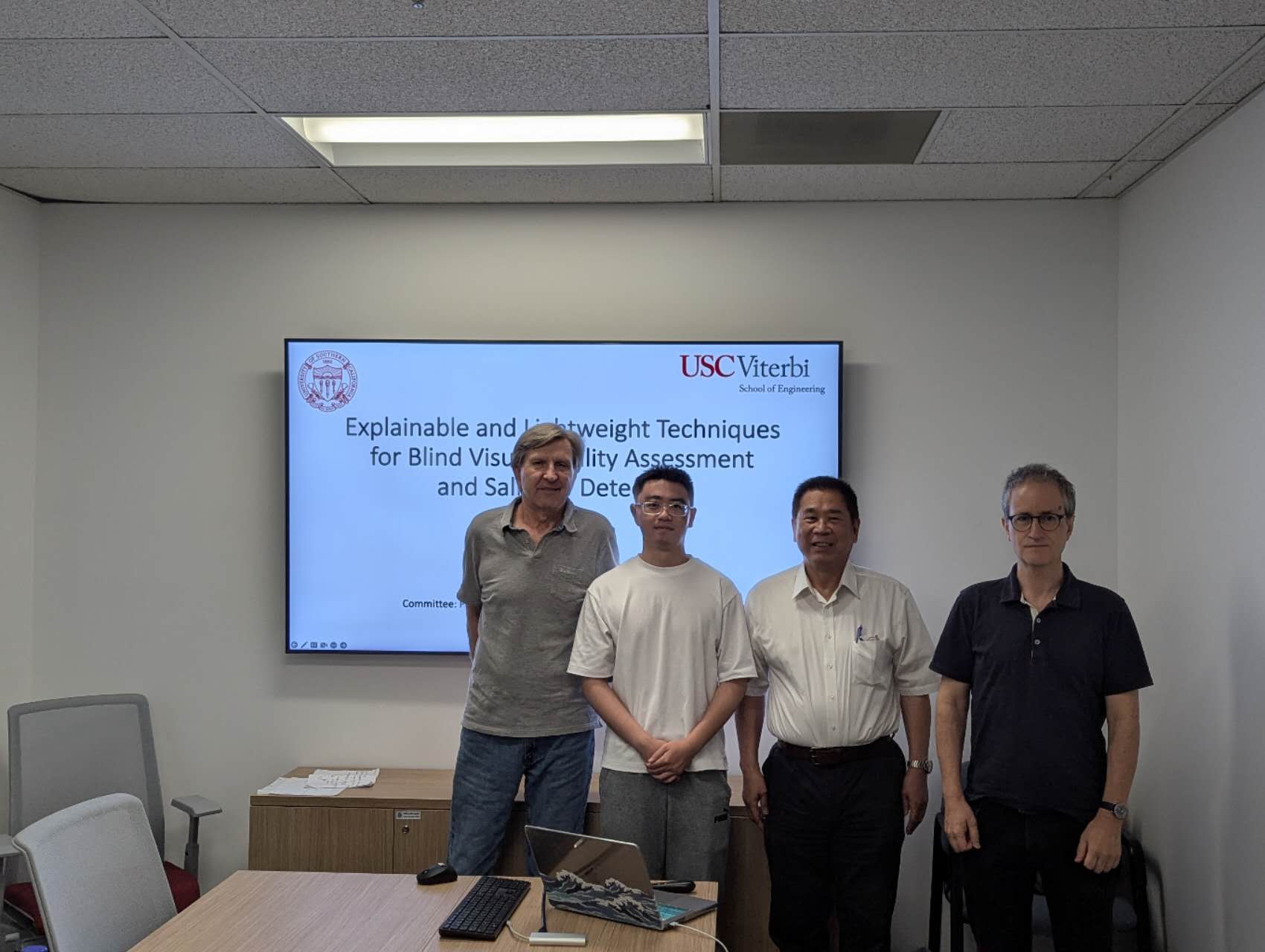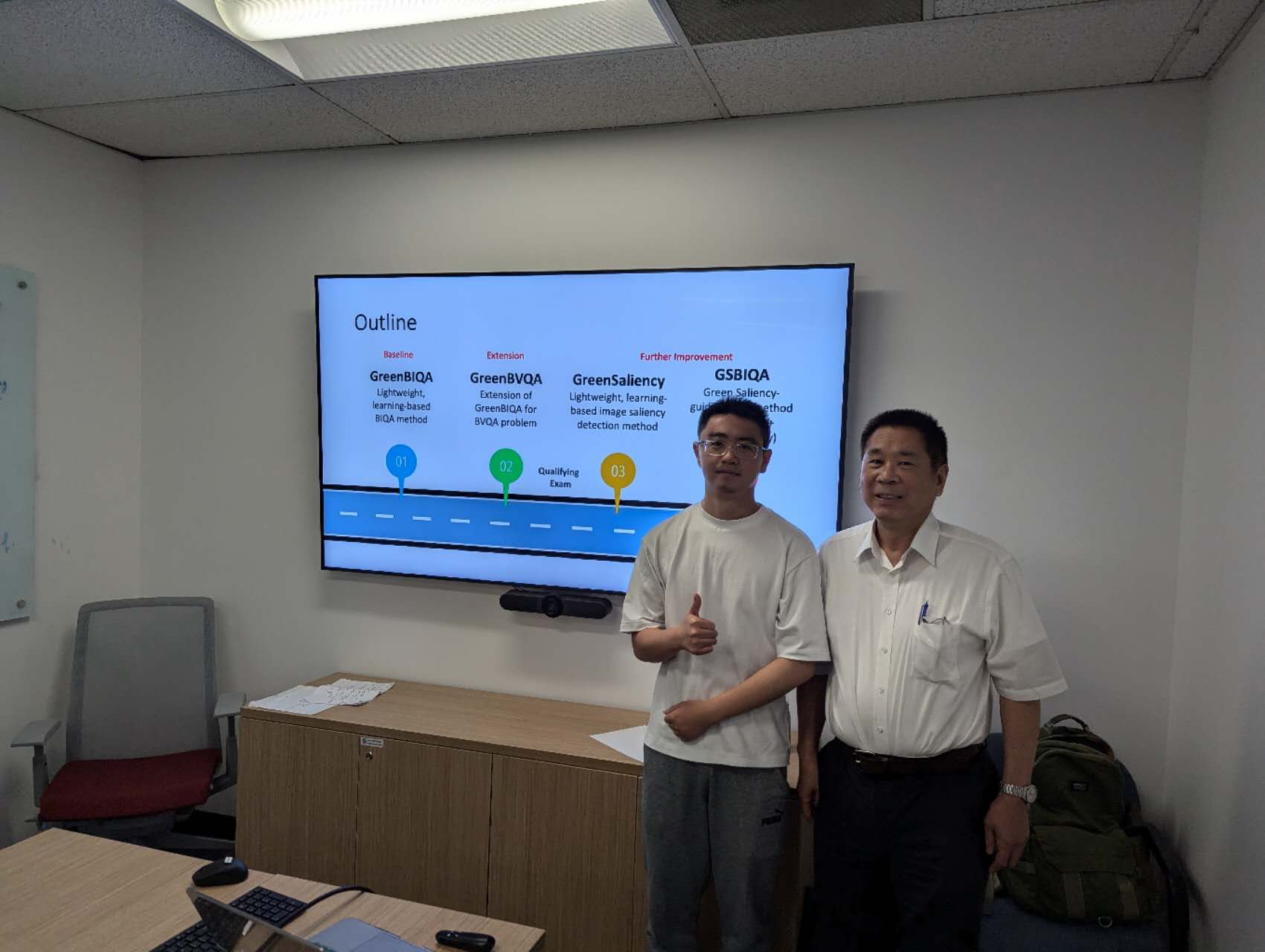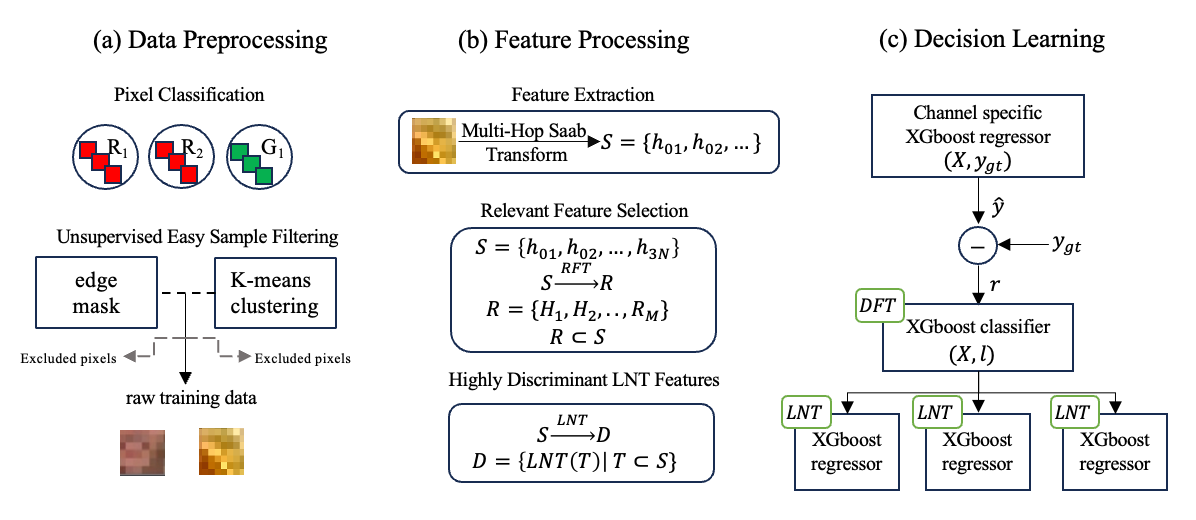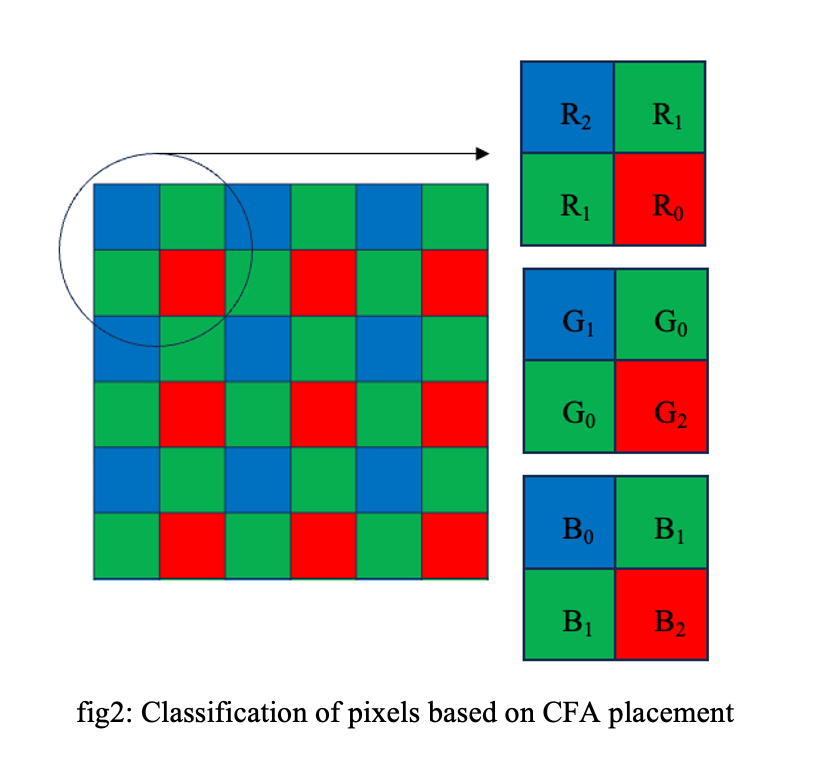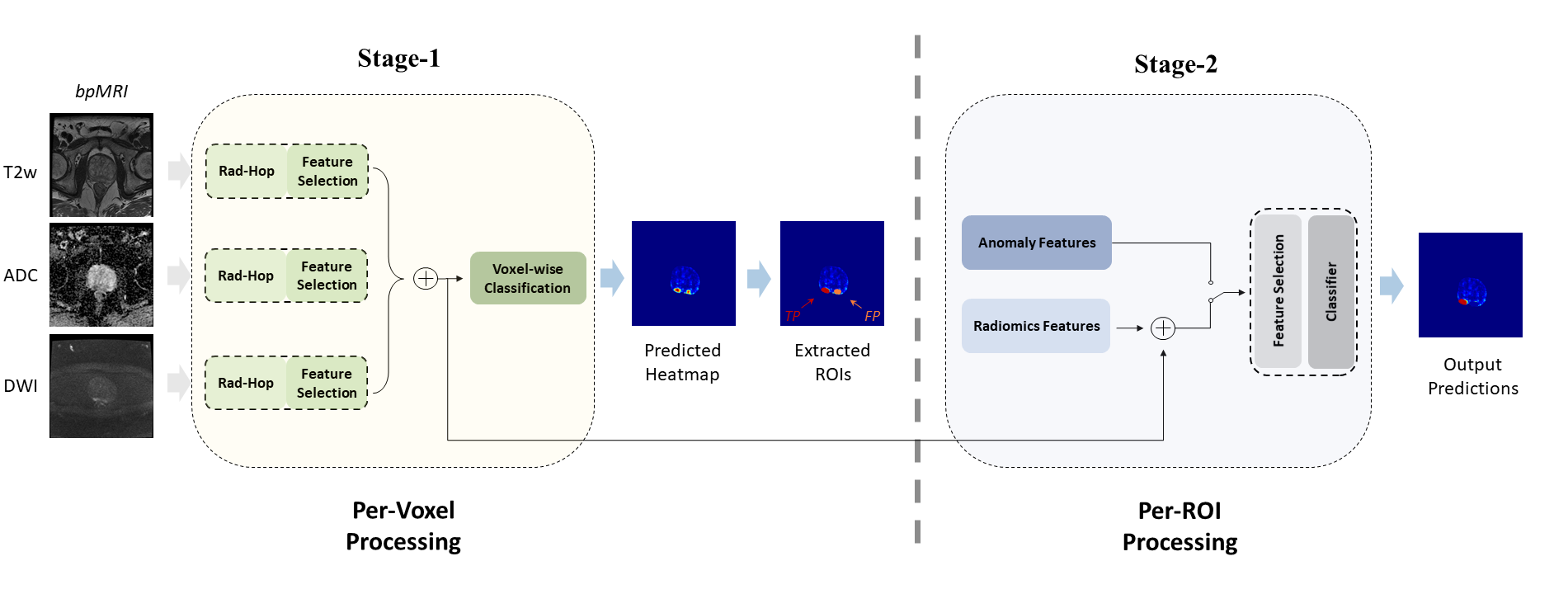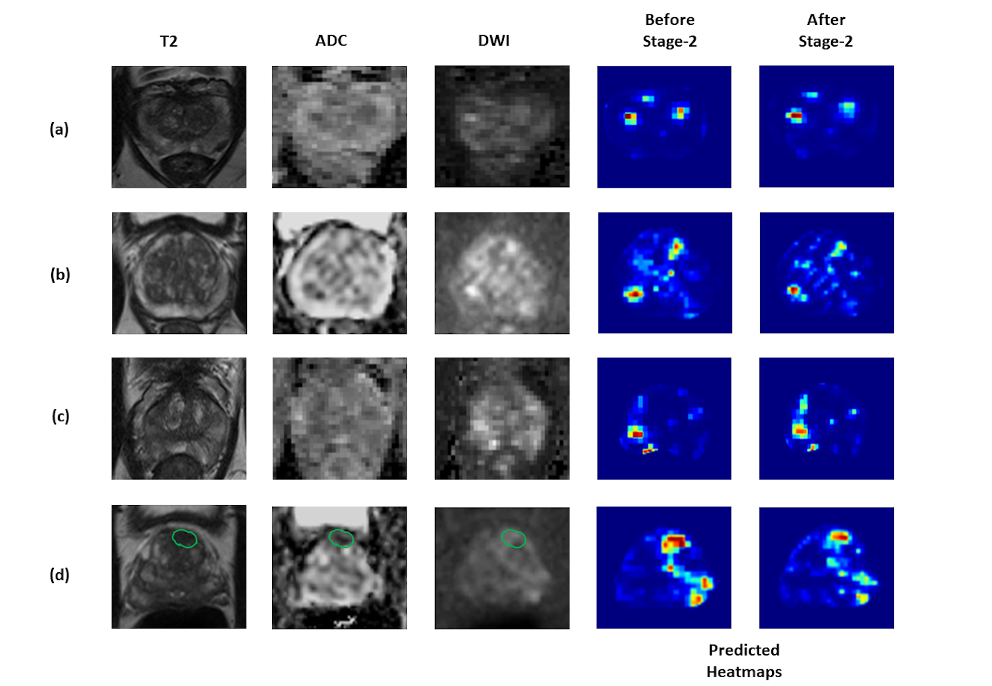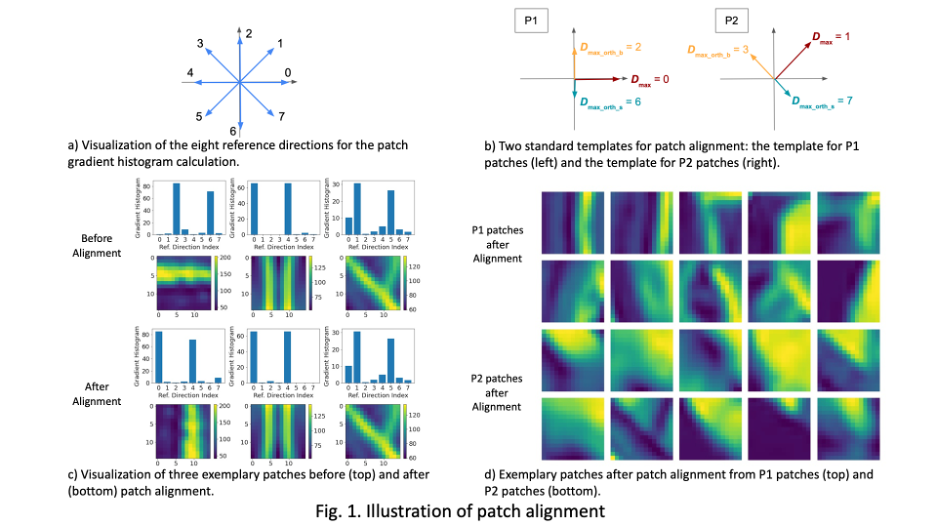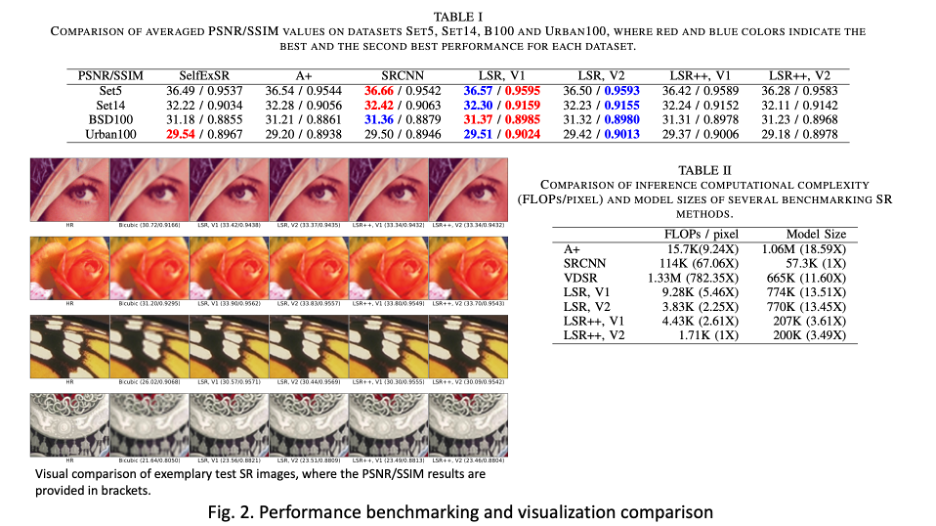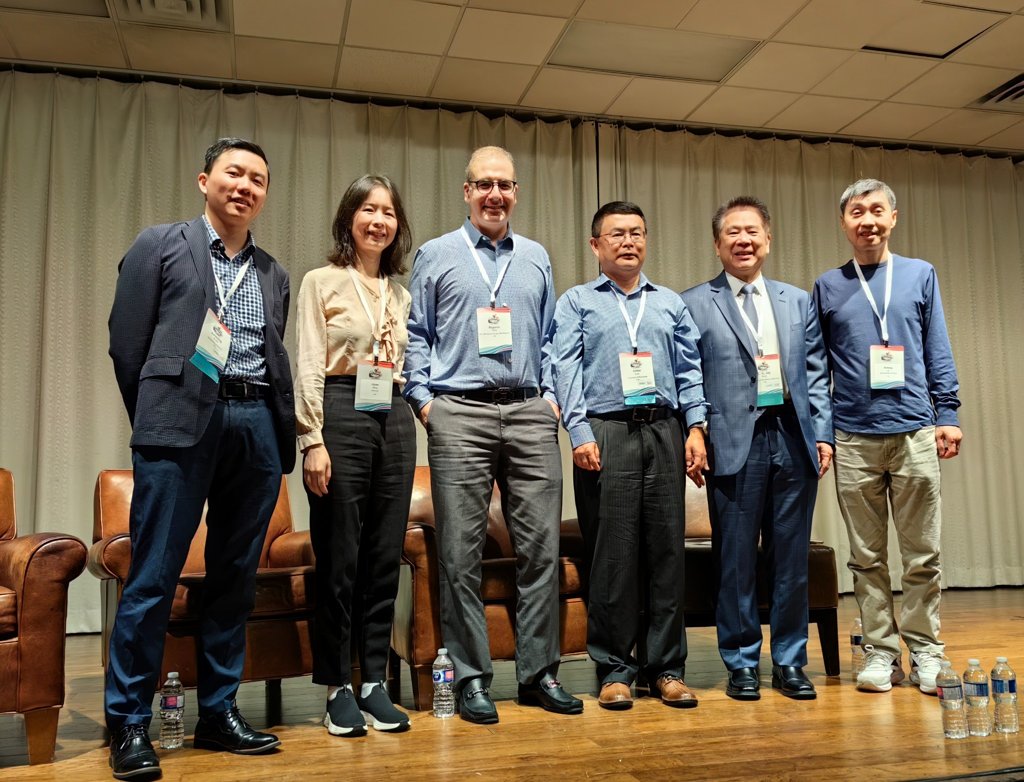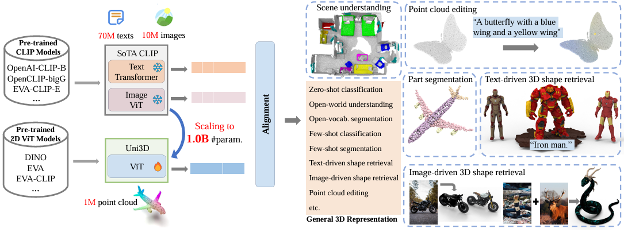Congratulations to Vasileios Magoulianitis for Passing His Defense
Congratulations to Vasileios Magoulianitis for passing his defense today. Vasileios’ thesis is titled “Transparent and Lightweight Medical Image Analysis Techniques: Algorithms and Application.” His Dissertation Committee includes Jay Kuo (Chair), Justin Haldar, and Qifa Zhou (Outside Member). The Committee members were pleased with the breadth and depth of Vasileios’ thesis. The MCL News team invited Vasileios for a short talk on his thesis and PhD experience. Here is the summary. We thank Vasileios for his kind sharing and wish him all the best on his next journey. A high-level abstract of Vasileios’s thesis is given below:
Thesis Title: Transparent and Lightweight Medical Image Analysis Techniques: Algorithms and Applications
The thesis contains two main research topics:Nuclei segmentation in histopathological images and Prostate Cancer (PCa) from Magnetic Resonance Imaging (MRI). On the one hand, histopathological images are meant to detect and grade cancer. Toward this end, nuclei segmentation is a cornerstone task to reveal the molecular profile of the tissue. Three self-supervised solutions have been introduced: (1) CBM, which uses a parameter-free pipeline using thresholding, (2) HUNIS where a novel adaptive thresholding and false positive reduction module are proposed and (3) Local-to-Global NuSegHop where a novel feature extraction method is proposed. On the other hand, PCa-RadHop pipeline is proposed for prostate cancer detection from MRI, achieving a competitive performance with a model size orders of magnitude smaller than other Deep Learning based models.
PhD Experience Sharing:The PhD journey within USC and MCL has been an experience I will remember for a life. The first years in the PhD I had to take many courses to build my theoretical insights and achieve the first milestone to pass the screening exam which required a very rigorous preparation. In my entire PhD life, I had two [...]



